sunkissedx3
Rough_Rock
- Joined
- Jul 23, 2013
- Messages
- 51
Hello everyone! So I've been searching for a cushion cut with optimal light return and found some on JA that looked great based on the HD videos. So I proceeded in requesting ASET images for them and to my disappointment none of the stones I picked were good contenders. They showed mostly green, and very little red on the ASET. JA of course told me how beautiful all the stones I picked were, but based on the ASETs I told them they did not meet my expectations. A month later, I found an 8 main cushion that looked promising, so I asked if they could honor another ASET image for me. They said they would but wanted to know what I found unsatisfactory about the other ones. I explained that I was looking for mostly red, some blue and green is okay, and attached some ASETs of other great performing stones as a reference. This was JA's reply:
"Thank you for the reply. My assumption is that your decision would be based mostly on the ASET images. While the gemologist will certainly be able to give us insight on the diamond's clarity and overall appearance, our equipment will not produce the kind of images you are looking for. Throughout the industry, different equipment is used and can be calibrated differently. I can say this because while in this position, I've seen our gemologists go through four different ASET cameras. The images changed each time the camera changed. While thousands of our diamonds will perform the same as the images you've included would indicate, our images will not produce that much red. Would you like to proceed, knowing that you'll find our images unsatisfactory?
On a separate note, I'd like to thank you for including those images. There was a time when our equipment did provide images much the like the ones you've included. I'll be forwarding the images to our gemological team, letting them know that myself and some of our customers would prefer to see images more like this."
I SUGGEST THEY GET SOME NEW EQUIPMENT!!!
It seems to me that many of their cushion diamonds just simply don't perform well... which is fine I'll just look elsewhere... I rely on ASET because since it's online and I can't see the stone it's a good indicator of performance. Anyways, I'm just disappointed they blamed it on their lousy equipment, which really doesn't make it any better. And I HAVE seen nice ASETs from them before, so they could have just admitted the particular stones I chose were not ideal.
These are some of the ASETs I got back:
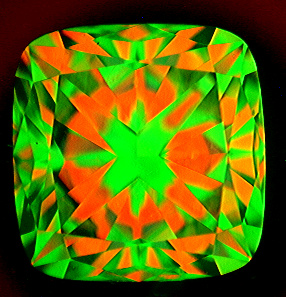
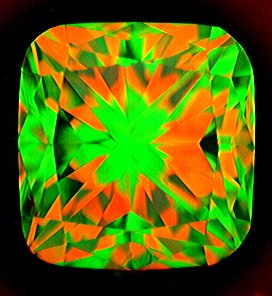
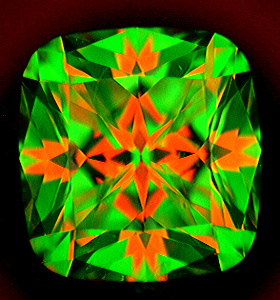
"Thank you for the reply. My assumption is that your decision would be based mostly on the ASET images. While the gemologist will certainly be able to give us insight on the diamond's clarity and overall appearance, our equipment will not produce the kind of images you are looking for. Throughout the industry, different equipment is used and can be calibrated differently. I can say this because while in this position, I've seen our gemologists go through four different ASET cameras. The images changed each time the camera changed. While thousands of our diamonds will perform the same as the images you've included would indicate, our images will not produce that much red. Would you like to proceed, knowing that you'll find our images unsatisfactory?
On a separate note, I'd like to thank you for including those images. There was a time when our equipment did provide images much the like the ones you've included. I'll be forwarding the images to our gemological team, letting them know that myself and some of our customers would prefer to see images more like this."
I SUGGEST THEY GET SOME NEW EQUIPMENT!!!
It seems to me that many of their cushion diamonds just simply don't perform well... which is fine I'll just look elsewhere... I rely on ASET because since it's online and I can't see the stone it's a good indicator of performance. Anyways, I'm just disappointed they blamed it on their lousy equipment, which really doesn't make it any better. And I HAVE seen nice ASETs from them before, so they could have just admitted the particular stones I chose were not ideal.
These are some of the ASETs I got back:








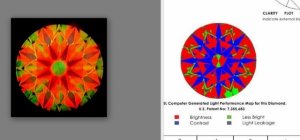
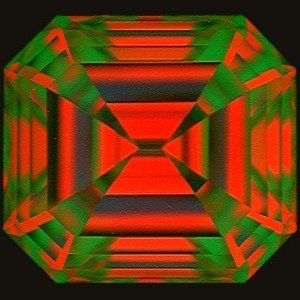
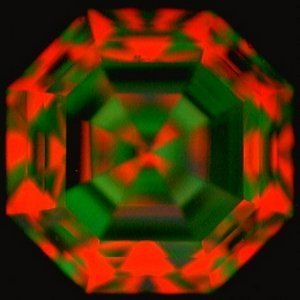

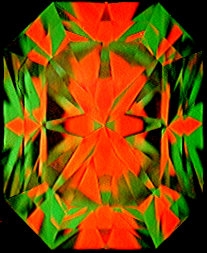
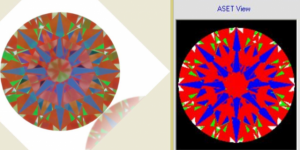
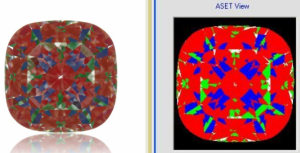
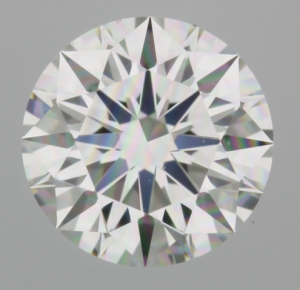
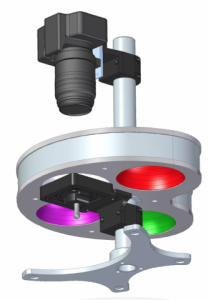


300x240.png)